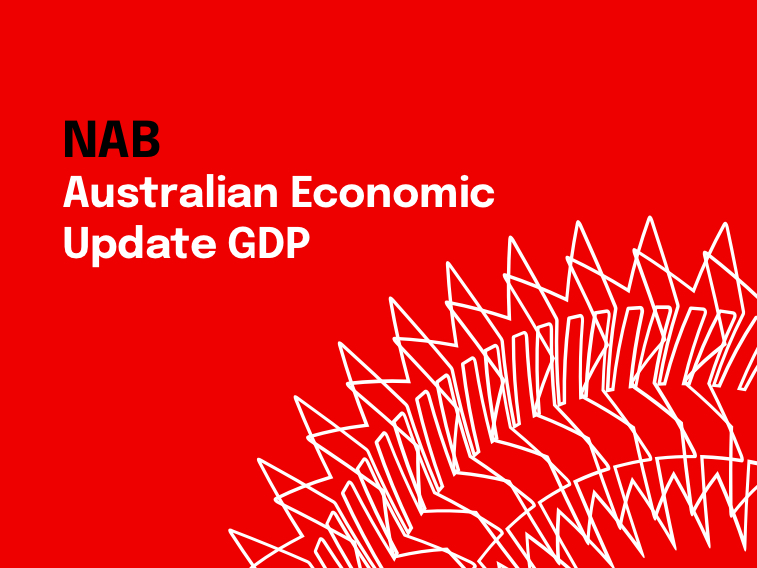Consumers lead the way


Insight
The bigger picture – a global and Australian economic perspective.
Global growth remained solid through to Q2 2018 – tracking above its long-term trend and its highest level since early 2012. However, growth has been diverging across countries and survey and activity data point to a slowdown in the second half of 2018. Pressure on global growth is coming from a number of sources, including a gradual tightening in monetary policy settings, acute financial stress in some emerging market (EM) economies and a rise in oil prices. The US economy continues to benefit from this year’s fiscal stimulus but its impact will fade over time. In addition, supply constraints in the US and other advanced economies will also increasingly act to limit growth. Another downside factor is the US/China trade dispute, with the risks around this partially realised over the last month with another round of tariffs going into place. Overall, we expect global growth of 3.7% in 2018 (previously 3.8%), then easing to 3.6% in 2019 (previously 3.7%) and 3.5% in 2020 (its long-term trend rate). These numbers are slightly weaker than recently released IMF global forecasts.
We have left our Australian forecasts unchanged but have lowered our near term outlook for the exchange rate. Following strong in the first half of 2018, we see growth slowing but supported by public sector demand (both NDIS and infrastructure related), a strong non-mining business sector and in the near term LNG-led export growth. In addition, both conditions and confidence point to more positive outcomes in the mining sector, with some new investment likely and higher levels of sustaining capex. At the minimum the effect of the unwinding of the mining investment boom should wane as the last of the LNG projects enters the production phase. Growth is expected to reach over 3% in 2018 before slowing in 2019 and 2020 with exports levelling out and consumption growth remaining modest. The housing cycle will detract slightly more than previously anticipated but we do not expect a sharp contraction in the sector. Despite recent strong growth in the economy, price pressures have remained relatively weak with core inflation only just at the bottom of the RBA’s target band. There have been some tentative signs of building price pressures and we expect this to continue, with first a gradual rise in wages growth as the labour market tightens and then as inflation more broadly begins to rise. However, with this process only being gradual we do not see any action from the RBA until mid-to-late 2o19 but this view remains highly data dependent, with the RBA seeking further confirmation of building price pressures before beginning a gradual process of rates normalisation.
For more details, please refer to the below document:
© National Australia Bank Limited. ABN 12 004 044 937 AFSL and Australian Credit Licence 230686.